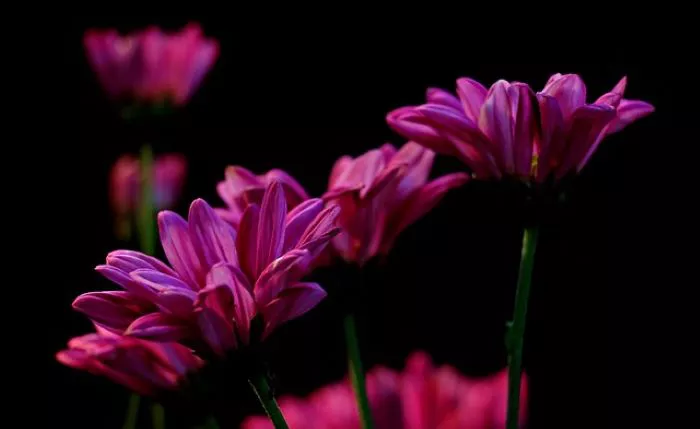Purple flowers are among the most captivating and diverse in the plant kingdom. Their rich hues can evoke feelings of tranquility, creativity, and elegance. From gardens to wild landscapes, purple flowers play a significant role in horticulture and ecology. This article will explore various names of purple flowers, their characteristics, and their uses in gardening and landscaping.
The Significance of Purple Flowers
Purple flowers have long been associated with various meanings across cultures. They often symbolize royalty, luxury, and ambition. In nature, purple flowers attract pollinators such as bees, butterflies, and hummingbirds, making them essential for ecosystem health. Gardeners appreciate purple flowers for their beauty and ability to complement other colors in floral arrangements and landscapes.
Popular Purple Flowers
Several species of purple flowers are popular among gardeners and landscape designers. Here are some notable examples.
Lavender
Lavender is well-known for its fragrant purple flowers and aromatic leaves. It belongs to the mint family and is often used in essential oils, culinary dishes, and herbal remedies. Lavender thrives in well-draining soil and full sun. It attracts pollinators and is drought-tolerant, making it an excellent choice for low-maintenance gardens.
Purple Coneflower
Purple coneflower, or Echinacea purpurea, is a native North American perennial. It features large, daisy-like flowers with a prominent cone-shaped center. The petals are typically a vibrant purple, and the plant is known for its medicinal properties. Purple coneflower is drought-tolerant and attracts butterflies and bees, making it a popular choice for wildflower gardens.
Iris
Iris is a diverse genus that includes several species with stunning purple flowers. The bearded iris and Siberian iris are two common varieties that showcase deep purple hues. Irises are known for their unique flower shapes and striking colors. They thrive in well-drained soil and can be found in gardens and natural landscapes.
Wisteria
Wisteria is a climbing vine famous for its cascading clusters of purple flowers. This plant is often seen draping over trellises, arbors, and pergolas. Wisteria blooms in spring and early summer, attracting pollinators with its sweet fragrance. It requires ample sunlight and well-draining soil to thrive.
Clematis
Clematis is a versatile climbing plant that produces large, showy purple flowers. There are many species and cultivars of clematis, offering a range of shades from light lavender to deep violet. These flowers bloom in various seasons, depending on the species. Clematis is often used to cover fences and walls, adding vertical interest to gardens.
Hyacinth
Hyacinths are spring-blooming bulbs known for their fragrant clusters of flowers. They come in various colors, including purple. Hyacinths thrive in well-drained soil and full sun to partial shade. Their sweet scent and vibrant purple blooms make them a favorite in spring gardens.
Bellflower
Bellflower, or Campanula, is a genus that includes several species with bell-shaped purple flowers. These plants are often used as ground covers or in borders. They thrive in well-drained soil and can tolerate partial shade. Bellflowers attract pollinators and add a delicate touch to garden beds.
Aster
Asters are perennial flowers that bloom in late summer and fall. They come in various colors, including purple. Asters are known for their star-like flower heads and are popular for attracting butterflies. They thrive in full sun and well-drained soil, making them an excellent choice for late-season color in gardens.
Petunia
Petunias are popular annual flowers available in various colors, including vibrant purple. They are often used in hanging baskets and container gardens. Petunias thrive in full sun and well-drained soil. Their long blooming period and ability to attract pollinators make them a favorite among gardeners.
Lobelia
Lobelia is a genus of flowering plants that includes species with striking purple flowers. These plants are often used in hanging baskets and as ground covers. Lobelia thrives in moist, well-drained soil and partial shade. Its vibrant purple flowers attract hummingbirds and butterflies, adding beauty to any garden.
Conclusion
Purple flowers offer a stunning array of options for gardeners and landscape designers. From the fragrant lavender to the majestic wisteria, these flowers bring beauty and ecological benefits to our surroundings. Understanding the various names and characteristics of purple flowers allows gardeners to make informed choices when planning their gardens. Whether used for their aesthetic appeal or their ability to attract pollinators, purple flowers are an essential part of any landscape. By incorporating these beautiful plants, you can create vibrant and inviting spaces that celebrate the beauty of nature.


